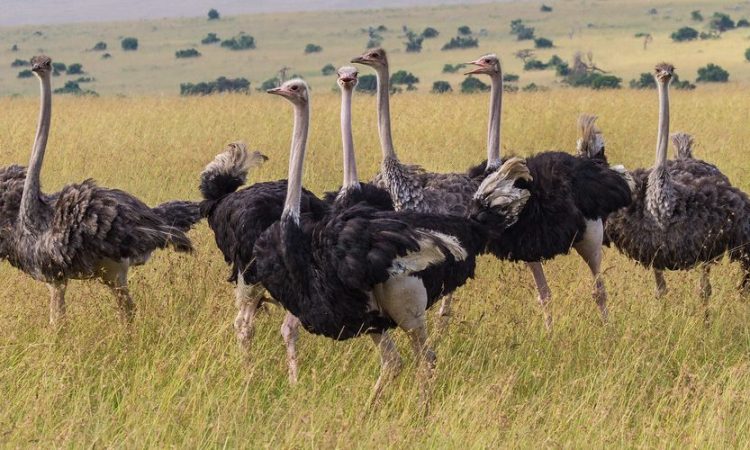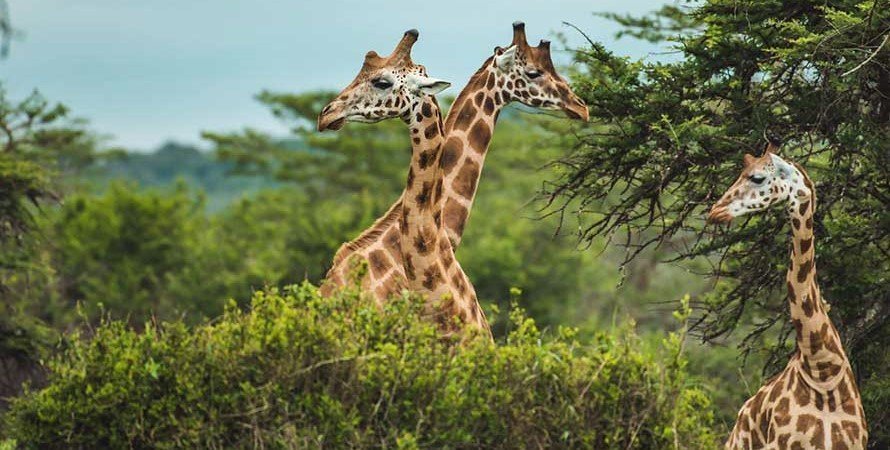Pian Upe Wildlife Reserve.
Pian Upe Wildlife Reserve is a protected area in the northeastern Uganda that is known for its various savannas and then diverse wildlife. It’s one of Uganda’s, largest conservation areas, though it’s less frequently visited than the more famous national parks. The reserve is a crucial part of the Karamoja sub-region’s ecosystem, serving as then important habitat for many species. Its name is derived from two pastoralist communities that inhabit the area; the Pian who are part of the Karamojong people and then Upe who are a sub-group of the Kalenjin.
Pian Upe covers a massive area of approximately 2788 square kilometers, making it the second-largest conservation protected area in Uganda, after Murchison Falls National Park. The landscape is majorly a mix of expansive, semi-arid savannas, grasslands and rocky outcrops. The reserve is divided by the seasonal Okere River, which flows during the rainy season and then created green corridors that are essential for the wildlife. The terrain is relatively flat in the east gradually becoming more rugged and hilly toward the west especially around Mount Kadam. This varied topography supports a wide range of biodiversity. The area receives less rainfall compared to other parts of Uganda, which gives it a distant, arid appearance, similar to some parts of East Africa’s famous game reserves.

Wildlife and biodiversity.
Pian Upe is a haven for the variety of animals, including some that are not easily found elsewhere in Uganda. It’s a home to some of the country’s most wonderful wildlife, though conservation efforts are ongoing to increase their population. The reserve’s wildlife includes several species of antelopes, such as the roan antelope, which is rarely seen outside of this region, and then greater kudu, that is known for its magnificent spiral horns. Other common herbivore include the common elands, oribi and gazelle and others. You can also find herds of zebras and then Jackson’s hartebeests.
While predators are less abundant than in the major national parks; the reserve hosts a number of them including the lions, leopards and cheetahs. The cheetah in particular it has a small but its seen here that makes Pian Upe one of the few safari destinations in Ugandan where you see this elegant cat. Additionally the reserve is known for its primate population which includes patas monkeys and Vervet monkeys. Birdwatching is also rewarding safari activity with over 240 bird species recorded including the impressive ostrich which is a spectacular sight in this landscape.
Conservation challenges and efforts.
Pian Upe besides its rich biodiversity, it has got some challenges as well. The reserve has been affected by illegal poaching, human encroachment and then conflicts with the pastoral communities looking for the grazing land for their livestock. However the Uganda Wildlife Authority (UWA) has been working to address these problems. They have increased rangers, engaged with the local communities to promote conservation and are working to develop the reserve for tourism.
The goal is to create a sustainable model where the local people benefit from the reserve’s existence, there by encouraging them to protect it. The UWA also conducts regular wildlife censuses and anti-poaching operations to monitor and then protect the animals populations. The community engagement programs are a key part of the conservation strategy, as they help to build a sense of ownership and shared responsibility for the reserve’s future.

Tourism and visitor experience.
Pian Upe is an excellent safari destinations for the adventurous travelers looking for an off the beaten path safari experience. Unlike other popular safari destinations like Queen Elizabeth national park or Murchison falls national park, Pian Upe offers a more experience and then the wild feel, with its open plains provide great opportunities for the spotting of wildlife, especially during the dry season when the animals congregate around the remaining water sources that offers the chances of the perfect spotting and then taking pictures. The stunning landscape and then the sense of solitude are the major attractions for visitors.
Camping is also another popular option for tourists who want to immerse themselves fully in the wild environment. The reserve has a handful of the basic campsites and a few accommodation options near the park headquarters. While the infrastructure is not as developed as in other parks, this is part of its charm, offering an authentic and then unspoiled wilderness safari experience. Visitors should be prepared, they will have basic facilities and then the provision of the four wheel drive vehicle, especially during the rainy season. The reserve’s location in the northeastern Uganda means it is a great stop for the broader tour of the Karamoja region, which is rich in culture and then natural beauty.

